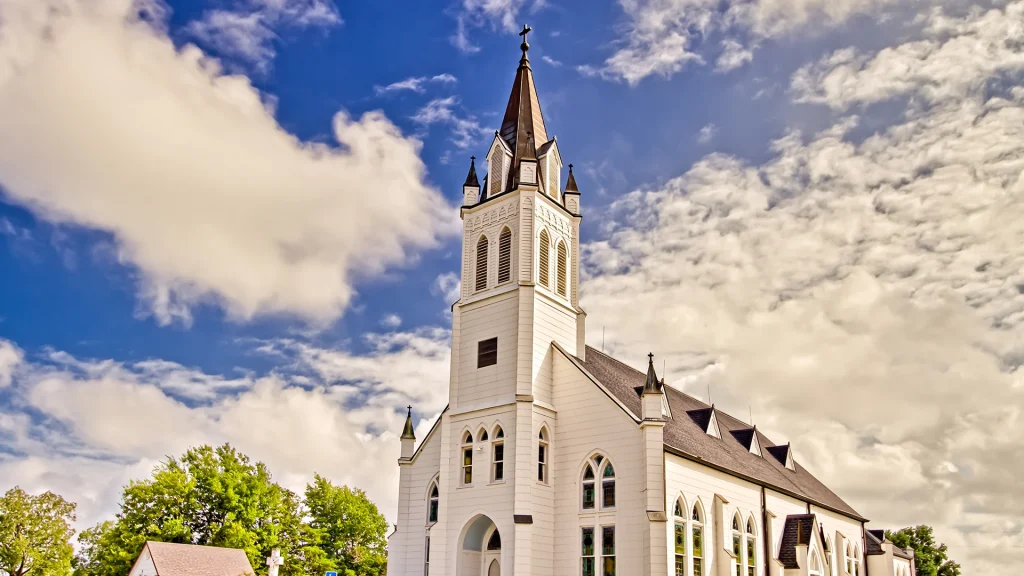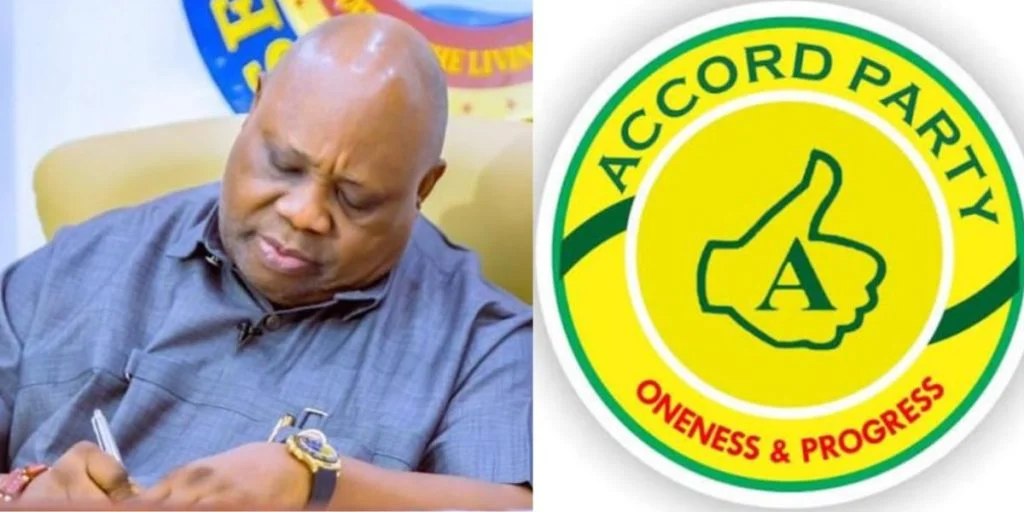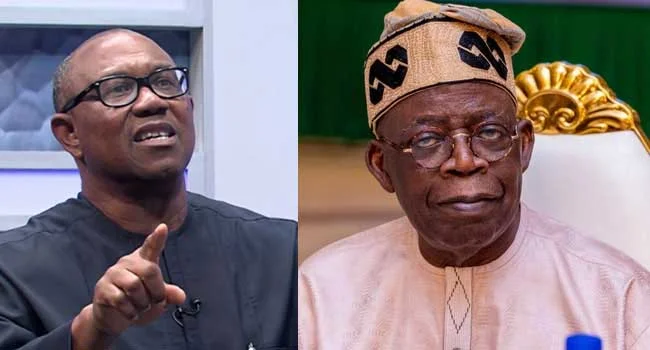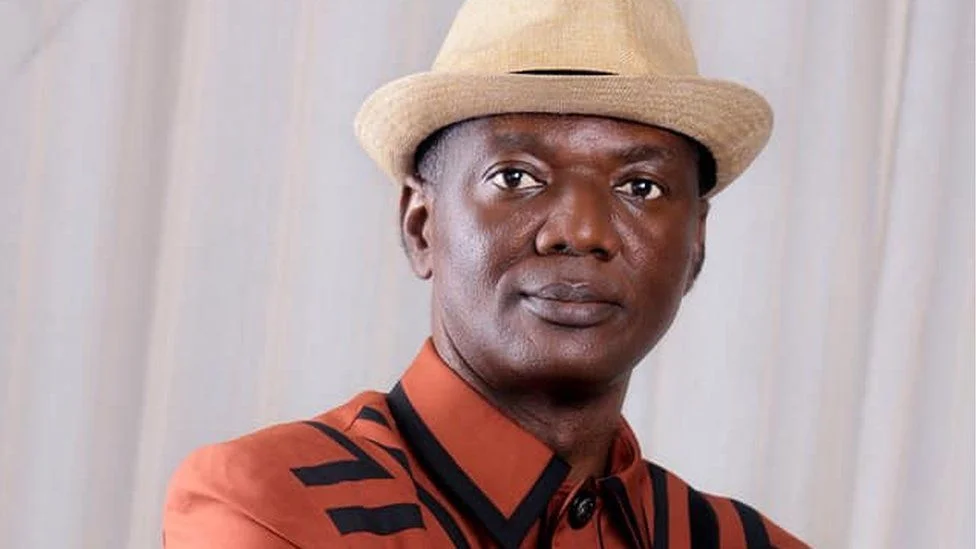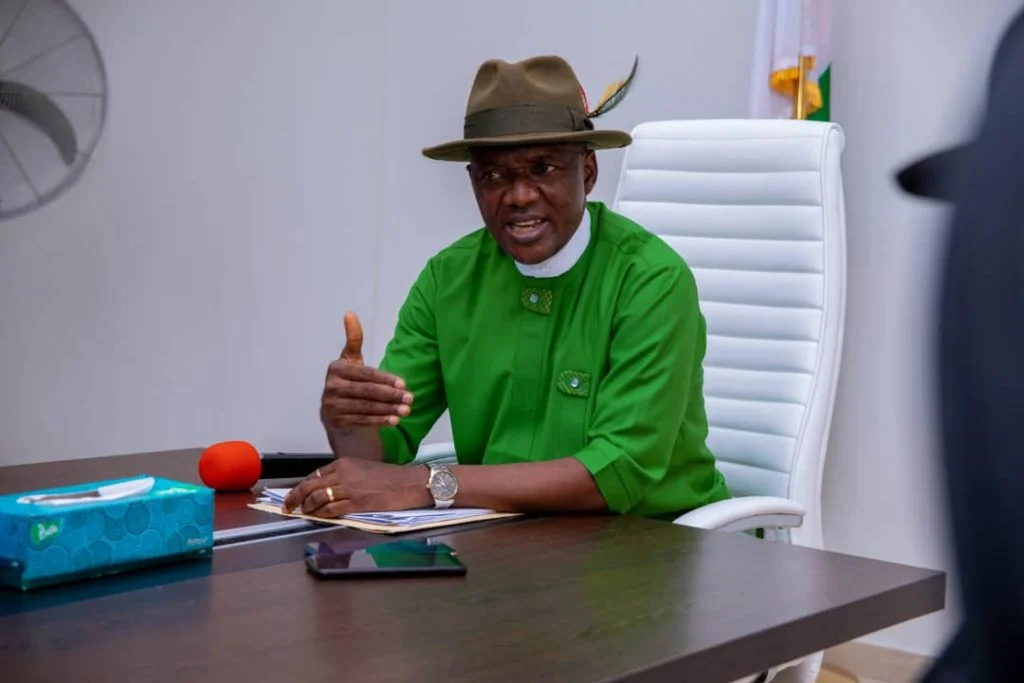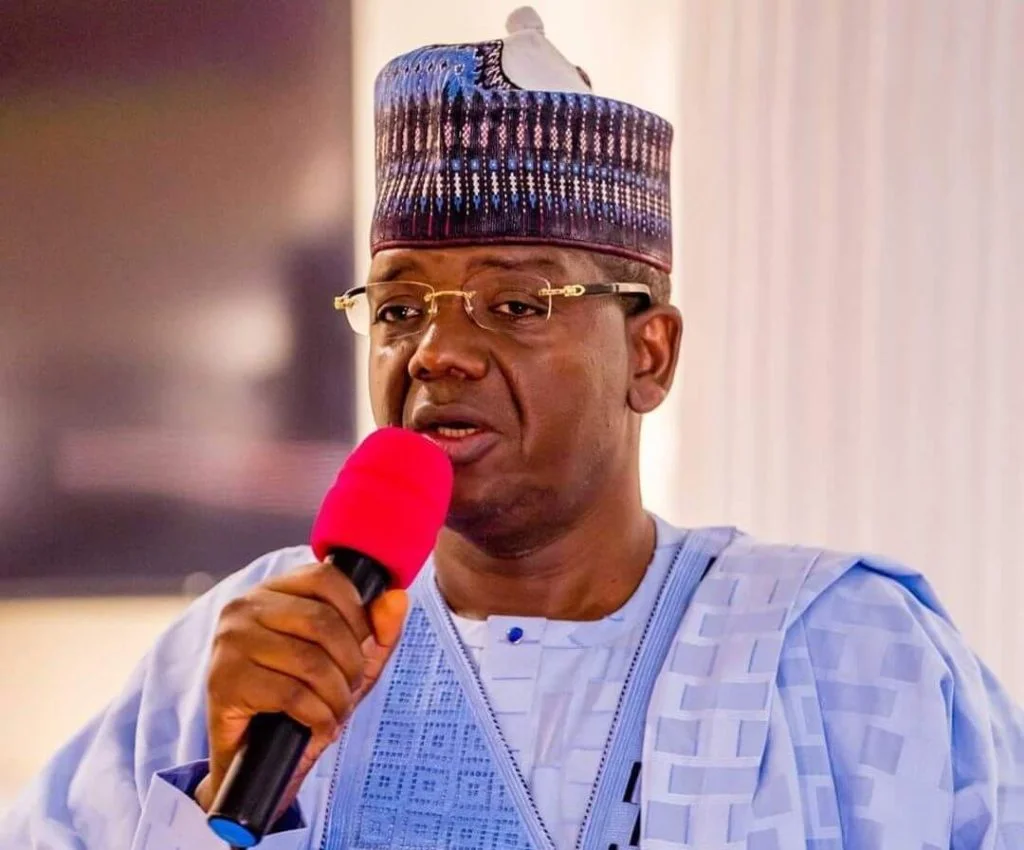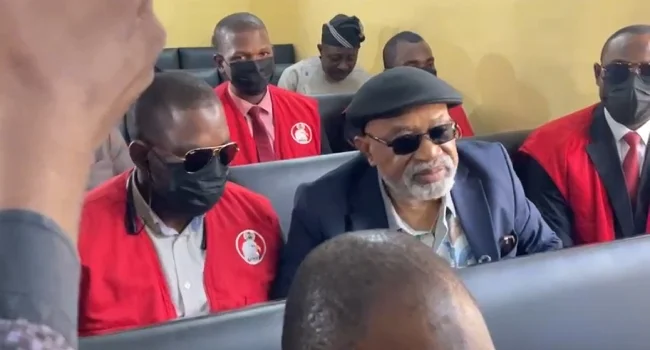The African Church, widely acknowledged as Nigeria’s oldest indigenous Christian denomination, was born in the throes of rebellion. It emerged as a spiritual uprising against colonial ecclesiastical control, yet more than a century later, the church still battles the very spirit of conflict that led to its creation. Formed in 1901 by Jacob Kehinde Coker and over 600 like-minded worshippers who broke away from St. Paul’s Anglican Church, Lagos, the African Church quickly became a symbol of religious independence. Sadly, that legacy of defiance has remained not as a badge of honor but as a curse—manifesting in a persistent pattern of leadership crises, legal showdowns, and power tussles that have repeatedly derailed its spiritual mission.
From Evangelism to Egos: A Church in Constant Turmoil
At its core, every church exists for one supreme purpose—evangelism, the spreading of the gospel. However, in The African Church, this mission often takes a back seat when internal politics dominate the pulpit. Time and again, periods of legal battles, conflicting leadership claims, and schisms have replaced spiritual growth with chaos and confusion. Lawsuits, injunctions, and factional meetings have sadly become more frequent than prayer sessions.
When conflict erupts, the body of Christ suffers. Leaders forget their calling, replacing humility with political ambition. The pulpit becomes a platform for personal vendettas, and the flock is left disillusioned. A church meant to act as a spiritual bridge between the secular and sacred world increasingly mirrors the very dysfunction it is meant to redeem.
Laity vs. Clergy: A Historic Power Struggle
The fundamental flaw embedded in the DNA of The African Church stems from its origins—it was essentially a church started by laymen. After the secession from the Anglican Church, clergy had to be invited to conduct the first service, indicating a significant imbalance in its structure from the start. Ever since, lay members have wielded overwhelming influence over church affairs, often relegating clergy to mere figureheads.
Despite having the spiritual headship, clergymen must often defer to influential laypersons for career progression, creating an awkward and unholy hierarchy. This tension has consistently fueled bitter power struggles, with clergy frequently caught in political crossfire.
The Ilesha Inferno: 1987 and the Dada Debacle
Perhaps the most notorious of these internal crises erupted in 1987 in Ilesha, Osun State. Ironically, the turmoil wasn’t sparked by theological disagreements or doctrinal disputes, but by the contentious election of a lay president. Chief Samuel Ayoola Dada, a respected church figure and longtime conference secretary, believed his years of service earned him the top lay position. But his ambition clashed with the powerful Lagos faction of the church, who questioned his eligibility.
Tensions exploded when a leaked itinerary revealed that Bishop Michael Jawolusi had preemptively planned a visit to Dada as the “new lay president”—even before the official election. This insinuated that a secretive group had already ‘elected’ Dada in an unofficial conclave. What followed was a five-year crisis that tore the church into two distinct camps—the ‘Ibadan Side’ and the ‘Lagos Group’—with both sides creating their own primates and promoting bishops in droves.
While this division led to a temporary glut of episcopal promotions—benefiting ambitious clergy—it left the church fragmented and its reputation damaged. Growth was stunted. Worshippers were confused. Courtrooms replaced congregations.
The Primate Predicaments and Sudden Retirements
After some semblance of unity was restored in the early 1990s, the church continued to wobble from one constitutional amendment to another. In recent years, leaders have imposed unusual policies like the controversial mandatory retirement age of 65 for clergymen. This policy, enforced during Primate Onanuga’s tenure, has left the church with an awkward surplus of retired clergymen and a deficit of experienced hands still in active service.
When Primate Josiah Emmanuel Udofia from Akwa Ibom was elected, it marked the first time a non-Yoruba would lead the church. His emergence was initially seen as a refreshing turn toward inclusivity. However, in a bizarre twist, a new rule—made retroactive—forced him to retire prematurely, leading to another crisis. This time, members from the South-South region formed a rival version of the church with Udofia as their primate. Again, the church found itself entangled in court cases, eventually forcing another uneasy truce.
A New Storm: The Abbe-Odufuwa Conflict
The latest chapter in this long saga of disunity revolves around Primate Osayande Olayinka Abbe. After a court injunction accused him of forging certificates and barred him from making promotions, a faction within the church declared him suspended. Without formal procedures or ecclesiastical consensus, Most Reverend Augustine Odufuwa was installed as an “acting primate.”
At the heart of this crisis lies another recurring spark: the lay presidency. In 2019, Babatunde Odufuwa emerged as lay president under controversial circumstances. At the time, he had not completed his tenure as vice-lay president of Lagos Central Diocese, a constitutional disqualification. However, church leaders waived this requirement. When Kunle Jaiyesimi—a corporate executive—sought to contest under similar conditions, the rule was suddenly enforced. Meanwhile, another top contender, lawyer and chancellor Oduguwa, faced opposition based on alleged arrogance and disrespect for the primate, a reason critics widely dismissed as baseless.
Eventually, Oduguwa and Odufuwa led a factional meeting on May 29, where they “elected” new officers and consecrated bishops—even as the recognized primate, Abbe, remained in office. While this act may not stand legally, it has critically wounded the primate’s authority and cast a shadow over the church’s integrity.
A Church at War with Itself
Since 1987, the root cause of almost every major crisis in The African Church has been power, not piety. These internal conflicts are rarely about spiritual growth or doctrinal clarity. They’re about influence, control, and ambition—traits unworthy of any spiritual institution.
The troubling pattern is clear: whenever leadership positions—especially lay roles—are contested, factions emerge, courts intervene, and the church suffers. Spiritual progress halts, members leave, and the sacred mission is abandoned.
Can the Church Be Redeemed?
The African Church’s turbulent journey, marked by betrayal, ego, and politics, is heartbreaking. But all hope is not lost. The church must undergo a profound spiritual reawakening and structural reform. Lay dominance must be balanced with clerical leadership. Clear, enforceable rules should govern succession, with no retroactive applications. Most importantly, the church must return to its divine mission—winning souls, not battles.
As members and observers pray for peace, the words of one of the church’s treasured hymns, “O God of Bethel,” ring louder:
“Just as He led our fathers,
Who through this weary pilgrimage…”
May the same God of Bethel deliver the African Church from itself—and guide it back to the path of faith, unity, and evangelism.

